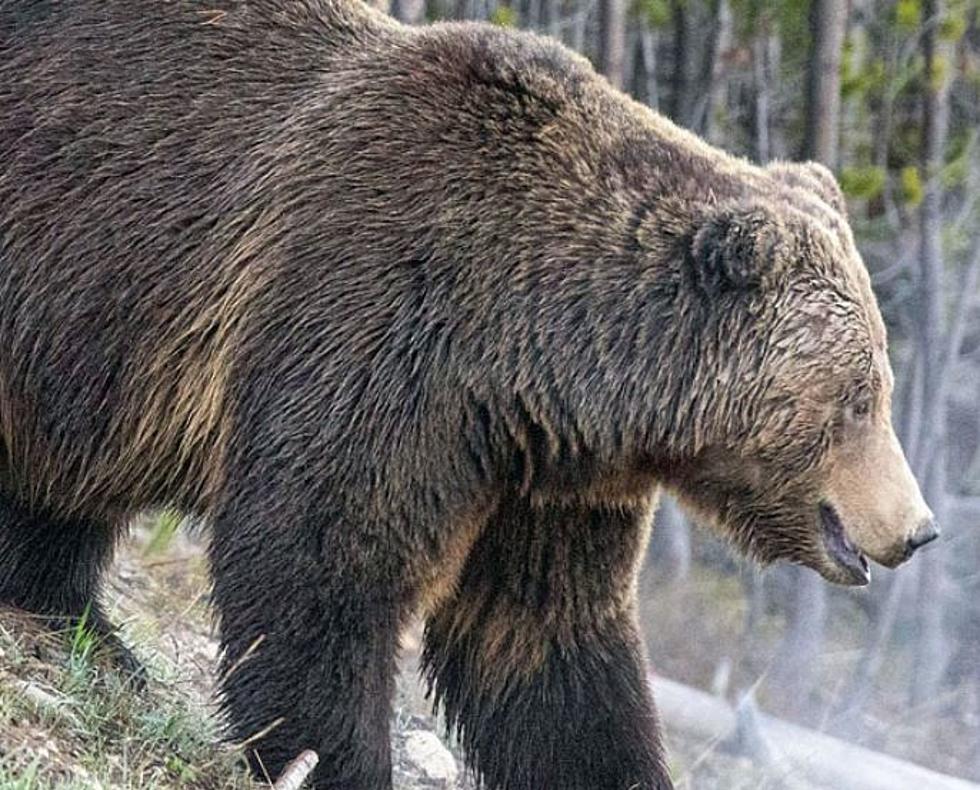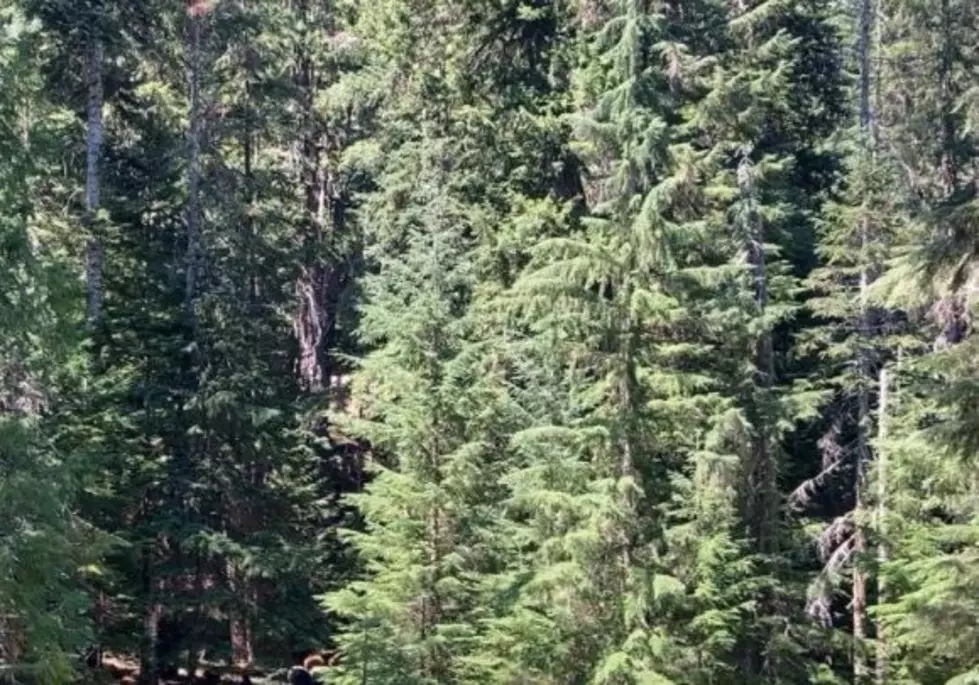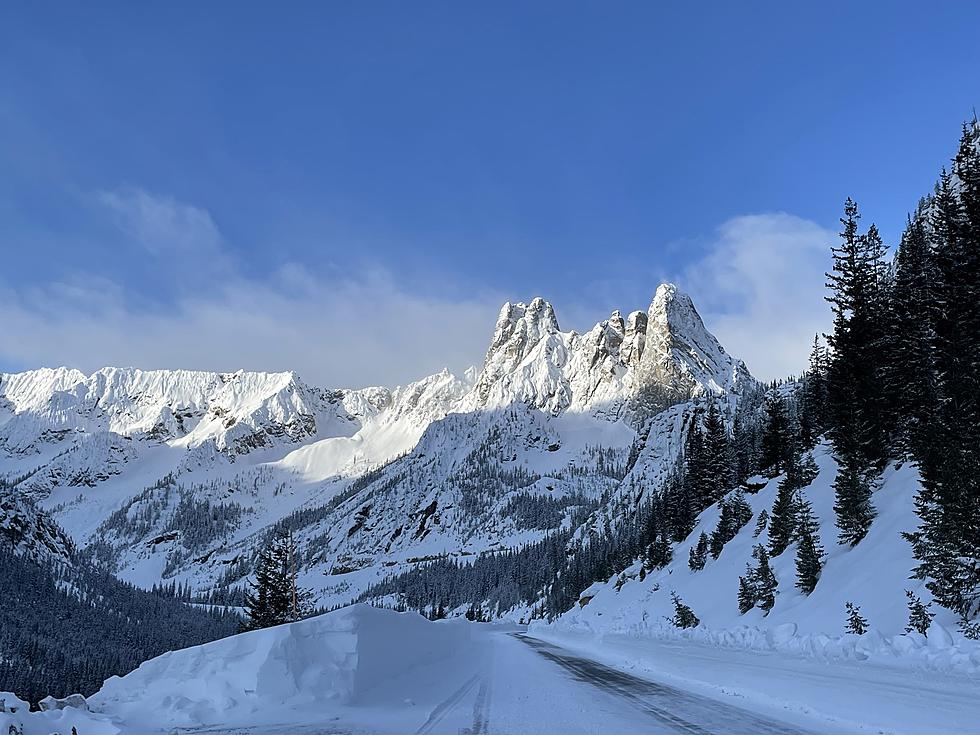
Public Comment Sought On Bringing Grizzly Bears To N. Cascades
An effort continues on the federal level to reintroduce grizzly bears back to the North Cascades.
A draft Environmental Impact Statement (EIS) was released last Thursday for restoration of grizzly bears to the North Cascades Ecosystem.
U.S. Forest Service wildlife biologist Dr. Jason Ransom says plans call for three-to-seven grizzly bears to be brought into the ecosystem annually over the next five to 10 years.
"Those are really broad kind of squishy numbers, because it's not like you can just order them up from Walmart, you have to go find the right bears, the right place and get them here," said Ransom. "And that might be three in one year. It might be five or six or seven in one year. It just depends on how nature plays out."
Ransom was among the representatives from the U.S. Fish & Wildlife Service and The National Forest Service who gave a presentation to Chelan County commissioners on Sept. 25 to discuss the possibilities for reintroduction.
He said the plans call for a buildup over time to more than two dozen grizzly bears.
"We're ultimately trying to get to a founding population of 25 bears,” Ransom said. "So, whenever we get to that 25 bears, moving three to seven a year. It might take five years. It might take 10 years, probably somewhere in between."
It’s estimated there would eventually be approximately 200 grizzly bears within 60 to 100 years.
According to the two federal agencies, the population of grizzly bears in the North Cascades was decimated through direct killing by humans, with the last sighting occurring in 1996.
The North Cascades Recovery Zone targeted for grizzly bear reintroduction covers about 13,500 square miles of land and includes most of Chelan County stretching into British Columbia.
The U.S. portion covers 9,800 square miles, a land mass larger than the state of New Jersey. Dr. Ransom called it ‘a huge wilderness area.”
Chelan County Commissioners have been on record opposing grizzly bear reintroduction since last December.
They sent a letter to North Cascades National Park Service Complex Superintendent Don Striker, stating reintroducing the Grizzly bears would likely have a negative impact "to public safety, economic development, recreation opportunities and the overall livelihood of our rural communities.”
There's also a second parallel process in addition to the draft EIS to bring grizzly bears into the region, which is known as the 10(j) designation.
Section 10(j) of the endangered species act was introduced in the early 1980s.
It allows a federal agency, the Fish and Wildlife Service, to designate an experimental population before reestablishing a listed species in an unoccupied area of its range.
Section 10(j) is allowed in the North Cascades since there is no existing grizzly population.
The 10(j) rules would offer expanded management options once a bear population is established, including the retrieval of released bears that move outside the North Cascades Recovery Zone or into areas with a high potential for conflict.
It would allow for the lethal or non-lethal removal of bears involved in a conflict, and in certain circumstances, would allow for permits to be issued to private landowners to haze or kill bears attacking livestock when it's not possible to deter that through other means.
A third option for grizzly bears is a “no action” alternative that would continue existing management practices.
The National Park Service and U.S. Fish & Wildlife Service are seeking public input on the draft Environmental Impact Statement (EIS) while the U.S. Fish & Wildlife Service is also inviting public comment on the section 10(j) option.
Comments on the draft EIS and 10(j) rule must be submitted separately.
The public comment section for the draft environmental impact statement closed on Nov. 13, 2023.
To review the draft EIS, submit comments and find additional information, including details about public meetings, go here
Or submit hard copy comments on the draft EIS by U.S. mail or hand-delivery to:
Office of the Superintendent
Grizzly Restoration EIS
810 State Route 20
Sedro-Woolley, WA 98284
To view and submit comments on the proposed 10(j) rule from the U.S. Fish & Wildlife Service go here and reference Docket No. FWS–R1–ES–2023–0074.
Submit hard copy comments on the proposed 10(j) rule by U.S. mail or hand-delivery to:
Public Comments Processing, Attn: FWS–R1–ES–2023–0074
Division of Policy, Performance, and Management Programs, U.S. Fish and Wildlife Service
MS: PRB/3W
5275 Leesburg Pike
Falls Church, VA 22041–3803
More From Kissin' 97.7









